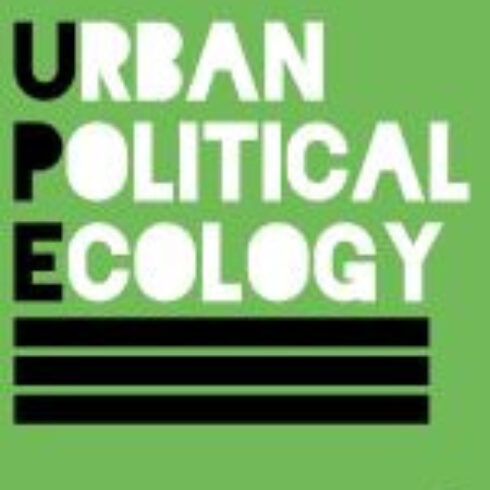Filth and the City
Jamie Lorimer et al
2025

Filth is a material and a semiotic category that has long been used to classify and govern the human and the nonhuman world. Undesired social groups and forms of life are elided with disgusting elements of the environment to justify their suppression or eradication. The science and the management of filth have been central to modernity and have profoundly shaped urban life. The rise of microbiology revealed the microbial origins of some diseases, empowering visions of the sanitary city in both the metropole and the colony. This drove substantial investments in sanitation, hygiene, and the removal of animals and agriculture. However, recent research on the human microbiome has demonstrated the salutary role of some microbes for human well-being. It highlights the value of forms of material previously categorized as filth and calls for a recalibration of modern, antibiotic hygiene practices and modes of architecture and urban planning. This new microbiology is driving a nascent, probiotic turn in urban theory that overlaps with a wider appreciation of the beneficial role of nature in the urban environment, and the development of more affirmative models of urban hospitality premised on living with social difference. This review and perspective examines these connected developments, explores their implications for urban political ecology, and outlines a new research agenda. It starts with a chronology of the shifting material and semiotic relationships with filth in science and society, before identifying six key research questions to guide an interrogation of this new chapter in the storied history of filth and the city.
View Publication > Share
Share






Commentary
The latest commentary on the use of antimicrobials in society.